10 Wildflowers Native to Delaware (with Pictures)
-
Jana Blagojevic
- Last updated:
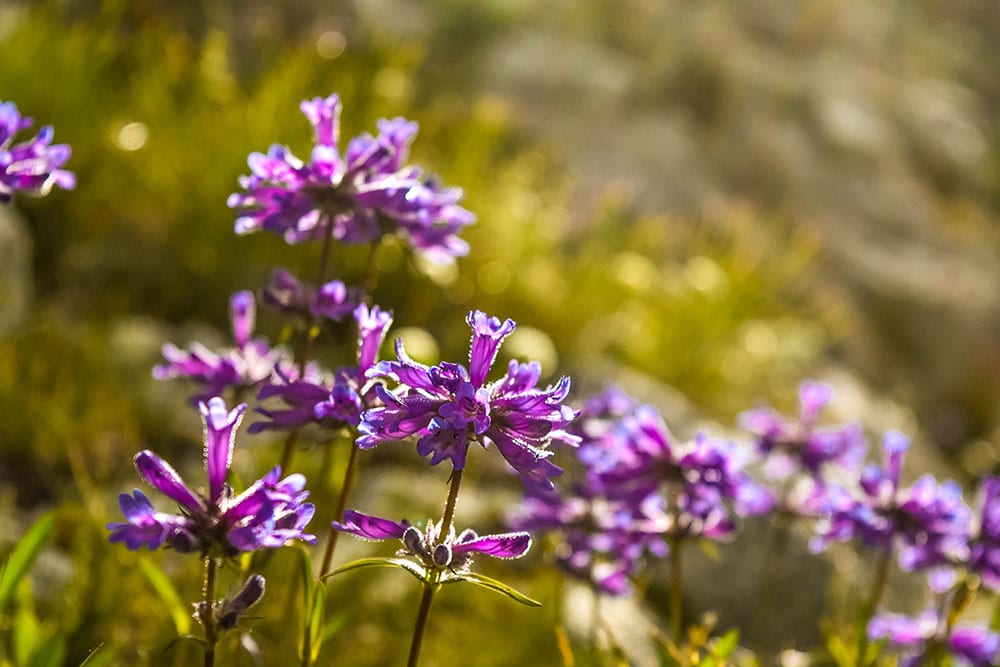
If you love exploring Delaware’s natural landscape and often come across plants and flowers that you’d like to know the name of, this article is ideal for you. Many flower species are native to Delaware and make this state unique, and we will explore some of the most beautiful species below.
Since it is vital to know the exact name and features of a specific plant when handling it, we will include an identification guide along with some essential information regarding the plant.
The 10 Wildflowers Native to Delaware
1. Butterfly Milkweed
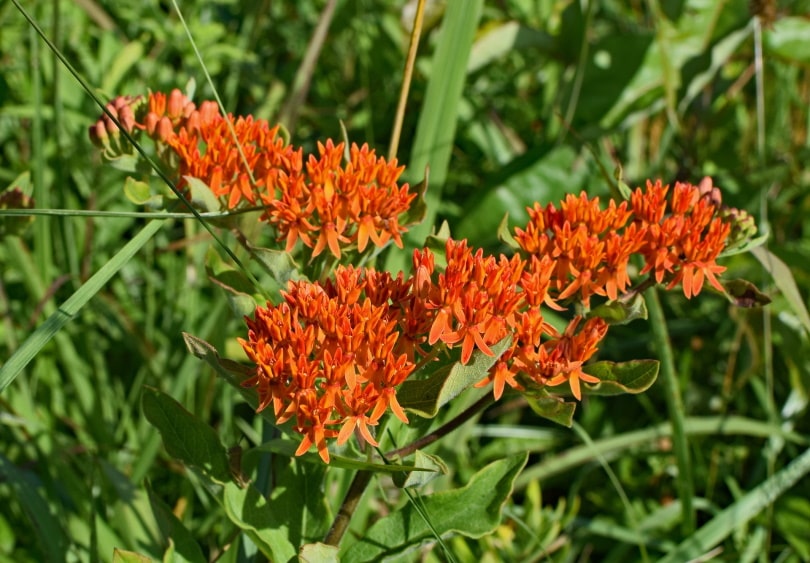
| Botanical name: | Asclepias tuberosa |
| Growing requirements: | Full sunlight or partial shade, moist soil with good drainage |
| Hardiness: | Zones 3 to 9 |
The Butterfly Milkweed is a marvelous herbaceous perennial, which is a stunning addition to any garden bed with its showy orange floral spectacle. It stands upright with flower clumps ranging from 1 to 3 feet tall. It can usually appear in open rocky woods, prairies, roadsides, and dry open woods.
- Orange, erect clusters of tiny flowers
- Narrow spiraling leaves
- Commonly found in prairies, open woods, and roadsides
- Problematic for cats, dogs, and horses
2. Common Milkweed
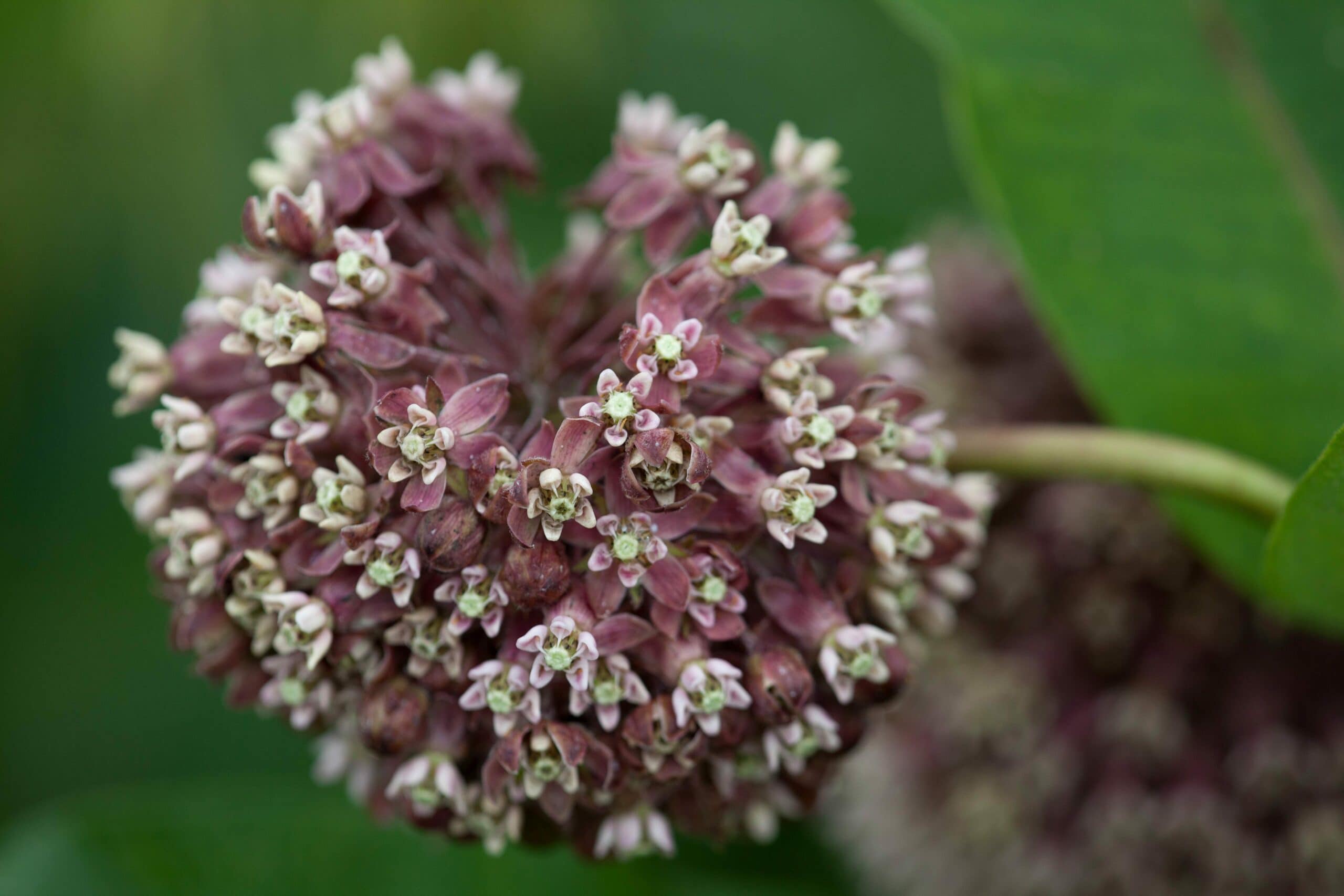
| Botanical name: | Asclepias syriaca |
| Growing requirements: | Full sun, loamy or sandy soil with good drainage |
| Hardiness: | Zones 3 to 9 |
The Common Milkweed is another gorgeous perennial species. It has similar showy flowers to the Butterfly Milkweed, although it has unique purple, pink, white or lavender fragrant flower petals. It can grow between 3 and 5 feet tall. It thrives in full sunlight and soil with excellent drainage. This remarkable wildflower species can be found in meadows and pollinator gardens because it is a beautiful host plant for butterflies, bees, and other pollinators.
- Crushed leaves and stems produce sap
- The flowers are small, growing in clusters
- Flower petals can range from white, green, purple, lavender, and pink
- Toxic for humans and animals
3. Swamp Milkweed
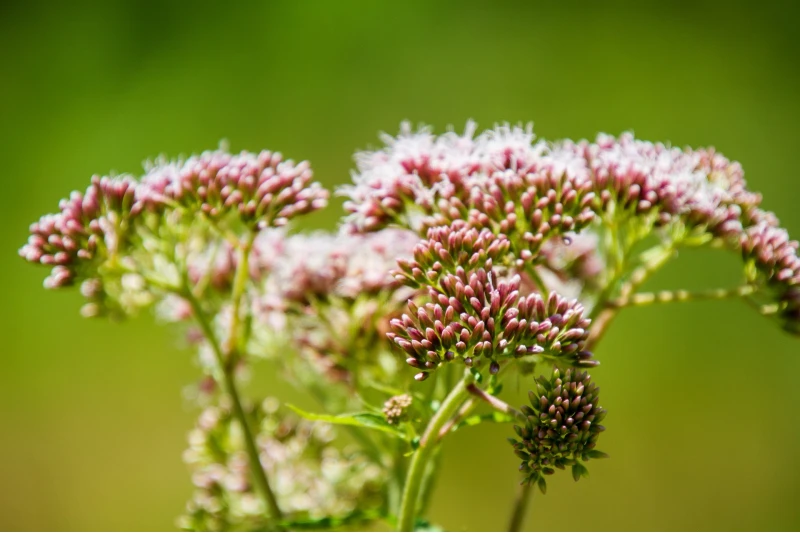
| Botanical name: | Asclepias incarnata |
| Growing requirements: | Full sun or partial shade, neutral to acidic soil rich in organic matter |
| Hardiness: | Zones 3 to 9 |
The Swamp Milkweed is another quite attractive perennial wildflower. This lovely plant blooms in spring and provides an exciting show of colorful floral clumps. It adores full sun or even partial shade and will thrive in neutral or slightly acidic soil. Milkweeds are host plants for Monarch butterfly caterpillars and are loved by many pollinators because of their sweet nectar.
- Pink or white small flower petals
- Erect stems with large floral clumps
- Attracts many pollinators
- Poisonous to humans and animals
4. Cardinal Flower

| Botanical name: | Lobelia cardinalis |
| Growing requirements: | Full sun or partial shade, moist to wet soil rich in humus |
| Hardiness: | Zones 3 to 9 |
The Cardinal Flower is a unique and showy perennial with distinctive fiery red flower petals. The stems are erect and leafy, and the colorful flowers attract hummingbirds when in bloom. This plant is particularly attractive when growing on the borders of a woodland garden. This flower requires moist or even wet soil at all times, rich in humus. Using mulch during winter is highly recommended to retain the soil’s moisture and protect the plant.
- Fiery red flowers
- Erect stems with flowers growing on the very ends
- There are five flower petals on each flower: two on top, three on the bottom
- Toxic in large quantities
5. Wild Bergamot
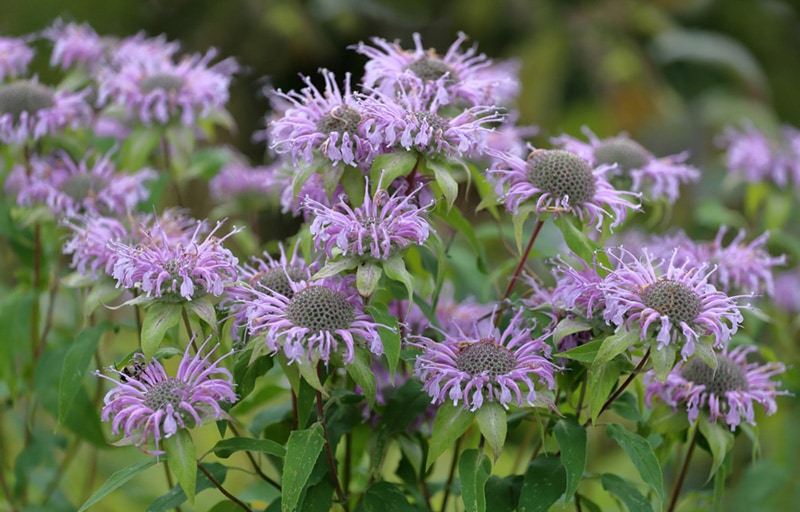
| Botanical name: | Monarda fistulosa |
| Growing requirements: | Full sun or partial shade, all types of soil with good drainage |
| Hardiness: | Zones 3 to 9 |
The Wild Bergamot is an amazing wildflower to spot when exploring Delaware. It has lovely purple to lavender flowers, appearing as ragged pompoms. This plant has aromatic and fragrant leaves, which can be used to make delicious mint tea. It thrives in a wide range of soils, although it is not as tolerant of flooded soil. It attracts pollinators such as bees, butterflies, and birds. You can mainly spot this plant in wet meadows, fields, wood edges, and marshes.
- Ragged pompom flowers
- Unique lavender flower petals
- Strong minty fragrance in the leaves
6. Indian Grass
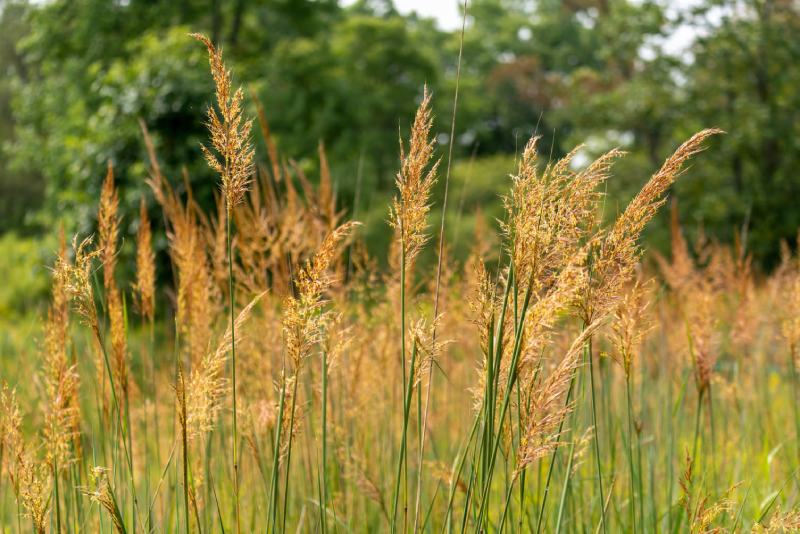
| Botanical name: | Sorghastrum nutans |
| Growing requirements: | Full sun or shade, moist and rich soil, clay, sandy or loamy |
| Hardiness: | Zones 4 to 9 |
Indian Grass is a beautiful sight when walking around open woods, prairies, or fields. You can easily recognize this plant by its tall form and blue-green blades. The plants have large seed heads which are soft and golden and turn a deep orange around fall. This wildflower is a warm-season grass that is adored by the livestock and a real spectacle for people with its rich golden sprays of flowers.
- Golden, plume-like seed heads
- Tall grass reaching up to 8 feet
- Commonly seen in open woods, prairies, fields, and slopes
7. Blue Vervain
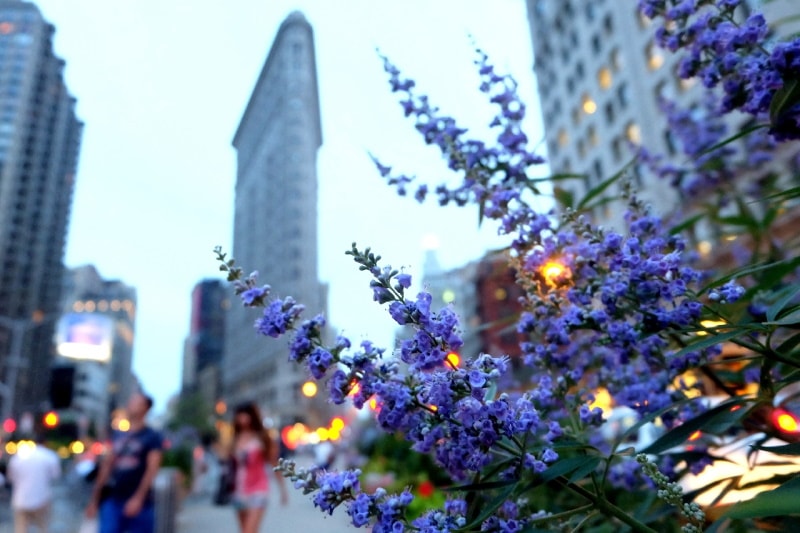
| Botanical name: | Verbena hastata |
| Growing requirements: | Full sun or partial shade, moist soil |
| Hardiness: | Zones 3 to 8 |
Blue Vervain is a wonderful Delaware native wildflower that is self-seeding. You can often spot it growing around moist meadows, riversides, marshes, and pastures. The flowers take up an unusual form, resembling a candelabra. The blooms open from bottom to top, and only a few flowers bloom simultaneously. The blooming season is long and brings unique and lovely flower petals with wonderful purple to lavender colors. These wildflowers don’t require special conditions to grow and can survive in partial shade or full sun.
- Beautiful lavender flower petals
- Flowers bloom from bottom to top, one row at a time
- The form of the flower resembles a candelabra
8. Showy Goldenrod
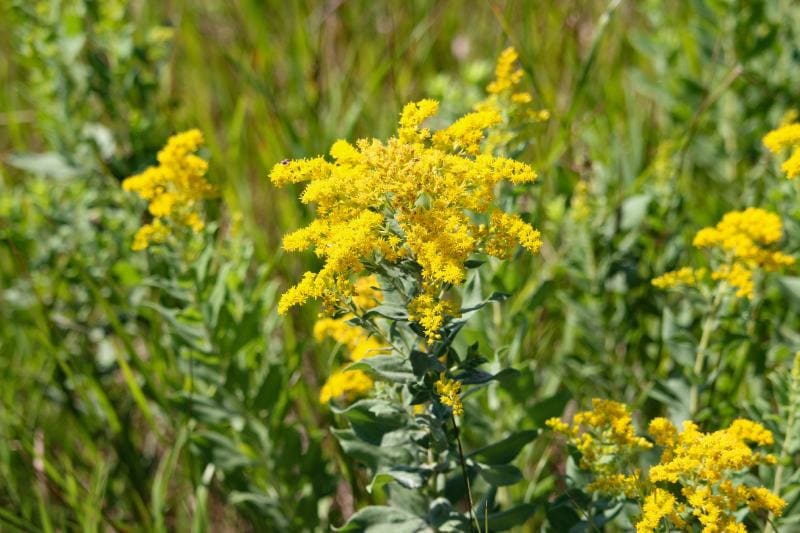
| Botanical name: | Solidago speciosa |
| Growing requirements: | Full sun, moist but well-draining soil |
| Hardiness: | Zones 3 to 8 |
The Showy Goldenrod is a wildflower that truly represents its name. It is a tall perennial plant that grows stunning, showy flowers that appear golden in the fall. The stems grow upright, with foot-long golden rods. The entire plant can grow up to 4 feet and attract many pollinators, such as birds, bees, butterflies, and songbirds while staying resistant to deer. This plant adores plenty of natural and direct sunlight and therefore requires moist but well-draining soil.
- Tall, erect stems, up to 4 feet high
- Golden foot-long rods of flowers appear in the fall
9. Narrowleaf Evening-primrose
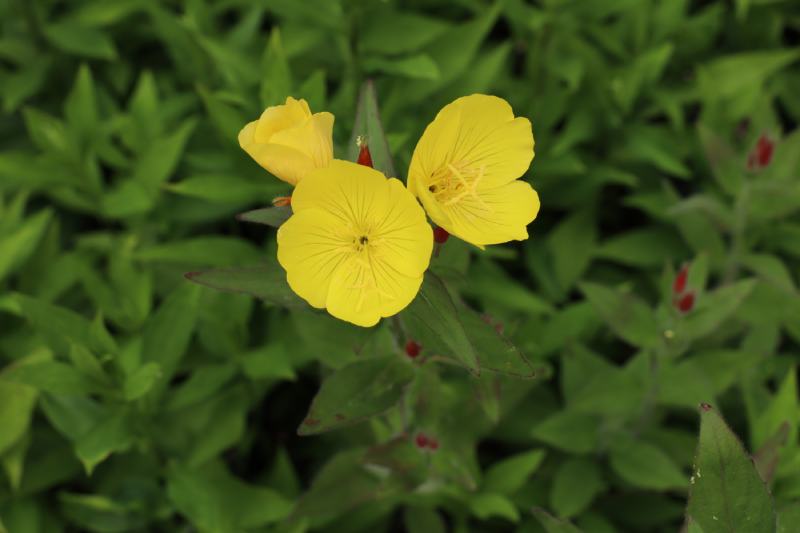
| Botanical name: | Oenothera fruticosa |
| Growing requirements: | Full sun, acidic, moist, and well-draining soil |
| Hardiness: | Zones 4 to 9 |
The Narrowleaf Evening-primrose is a soft perennial wildflower with cluttered, unbranched stems. The flowers are bright yellow, with a soft texture, growing only up to 2 inches in diameter. Their color ranges from yellow to gold, and each flower has four petals. This lovely wildflower tends to grow fast and spread rapidly, although it cannot spread too aggressively. It needs a lot of sun to thrive and moist, well-drained, and slightly acidic soil.
- Gentle yellow to golden flower petals
- There are four soft petals on each flower
- The stems are densely cluttered
- Also known as “Sundrops”
10. Fox Sedge
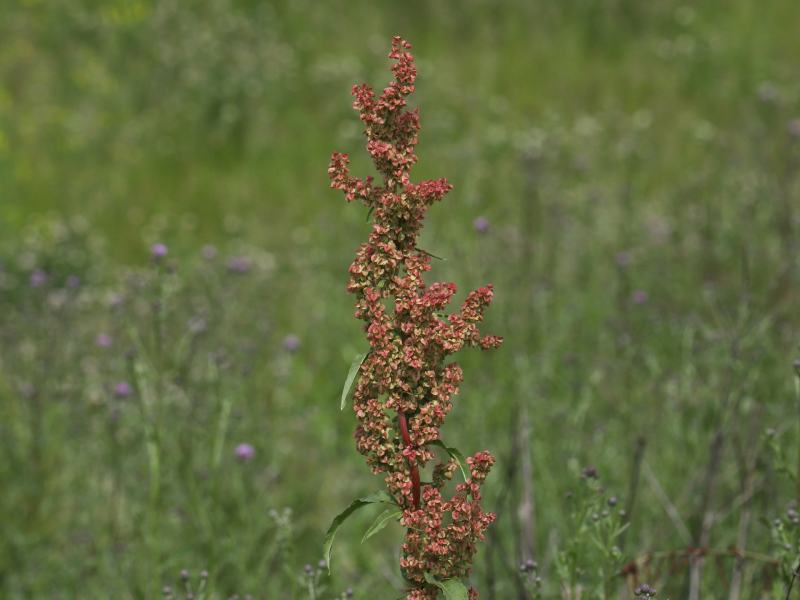
| Botanical name: | Carex vulpinoidea |
| Growing requirements: | Full sun, moist to wet soil |
| Hardiness: | Zones 3 to 9 |
Fox Sedge is a gorgeous perennial grass you can often spot in Delaware. The name Fox Sedge comes from the plant’s resemblance to a fox’s tail. The sprays of seed heads have an appealing reddish-brown. This plant forms a large grass mound that spreads 2 feet away from the center. If the conditions are perfect, this plant will spread rapidly and even become invasive. The Fox Sedge grows mainly around marshes, springs, swamps, and wetlands. It thrives in moist soil and needs a lot of sun exposure throughout the day.
- Sprays of seed heads resembling a fox’s tail
- The seed heads are reddish-brown
- Rapidly growing plant
Conclusion
After reading about these few most interesting wildflower species in Delaware, you will hopefully become adept at recognizing them in the wild. Each of these plants is unique, with many characteristic features that make it easy to identify them. One thing is for certain—these wildflowers are showy and colorful and grab everyone’s attention. Make sure to look for them when walking around Delaware’s woodlands, fields, or meadows.
Featured Image Credit: Nichimar, Shutterstock
Contents
